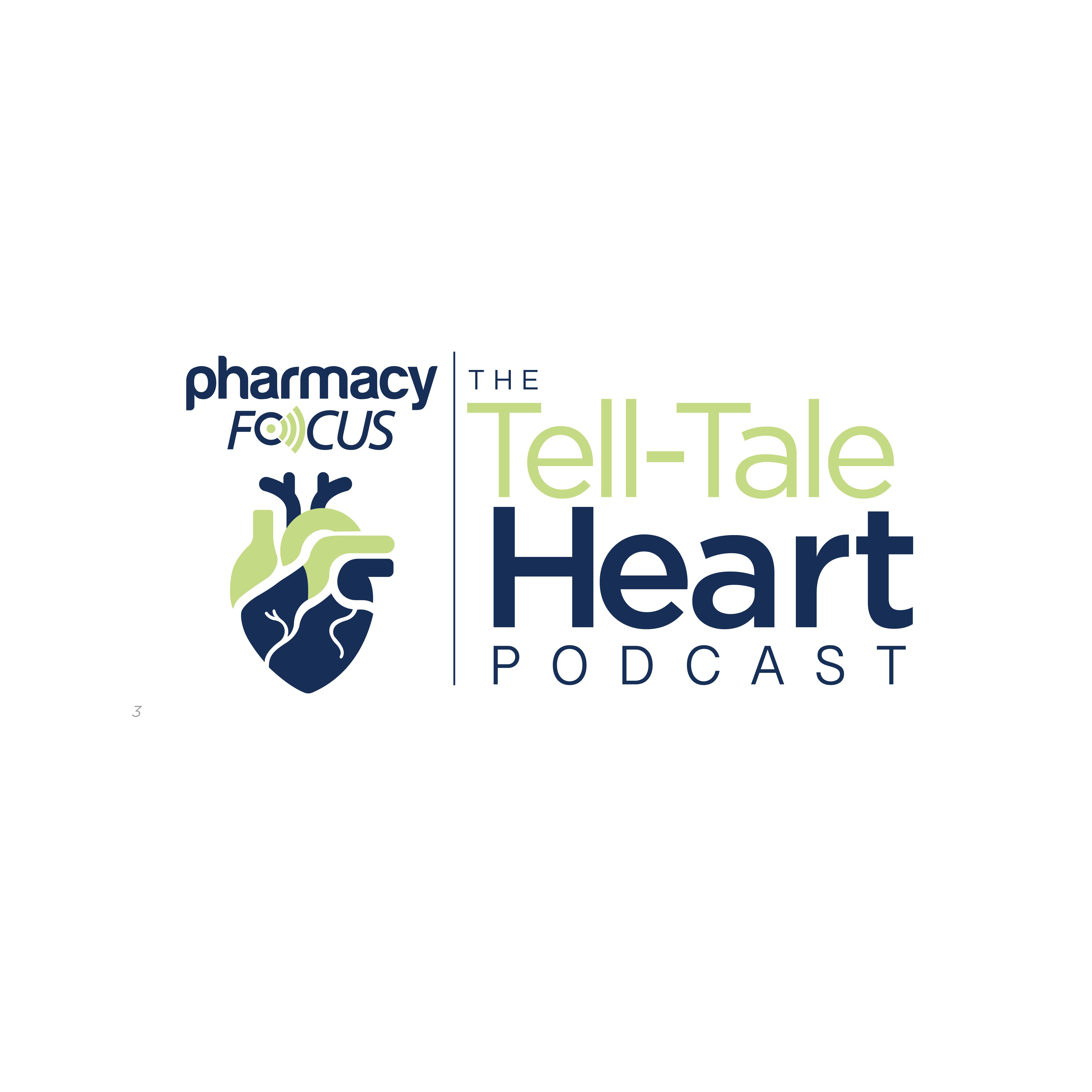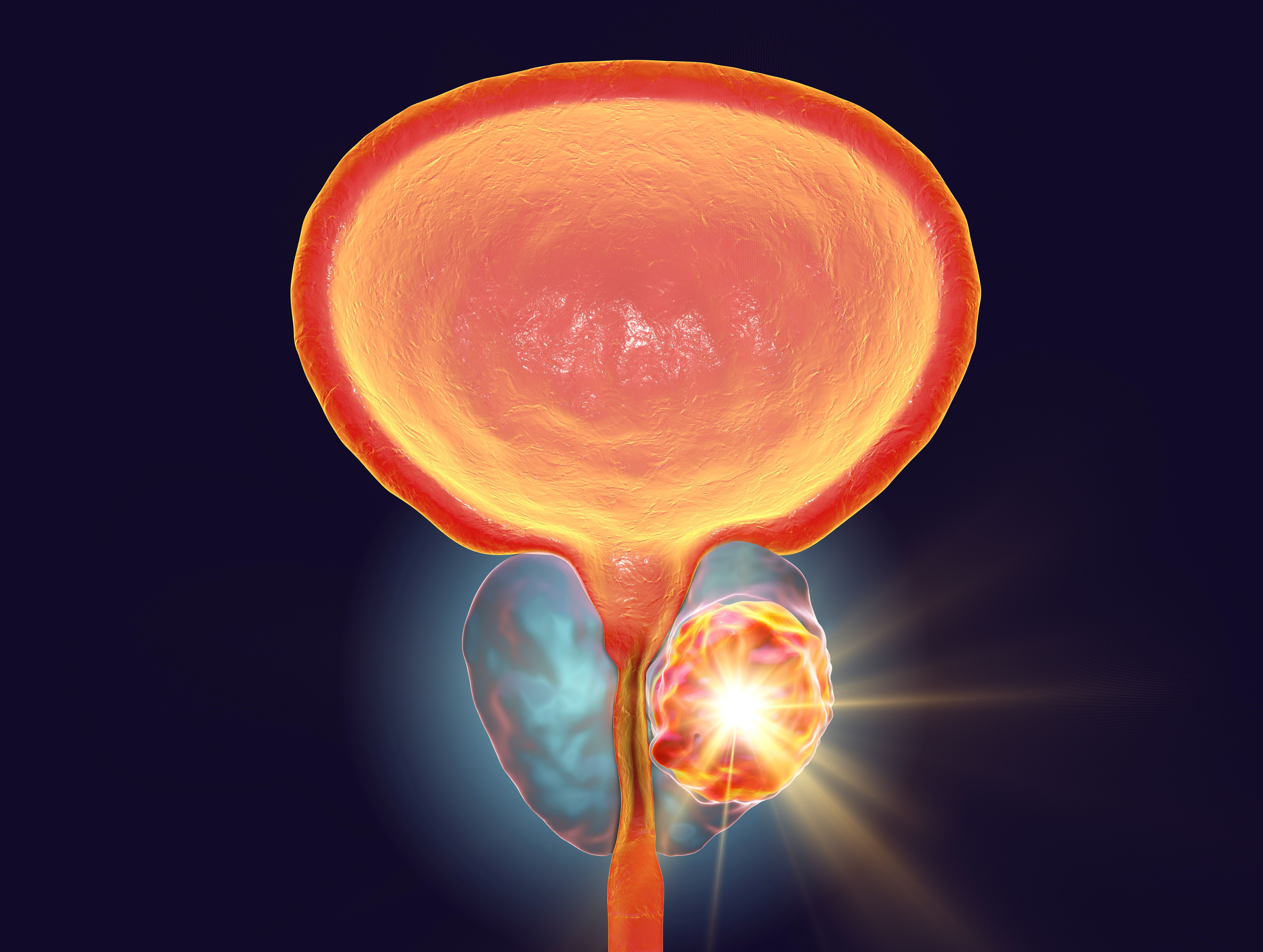Commentary
Video
Pharmacist Perspectives on ADC-Associated Toxicity in NSCLC Treatment
Author(s):
Corrine Stahura, PharmD; and Sophia Gilardone, PharmD, BCOP, discuss how patient- and treatment-related factors influence the risk of severe toxicity with antibody-drug conjugates (ADCs) in non–small cell lung cancer (NSCLC).
As antibody-drug conjugates (ADCs) become increasingly integrated into the treatment landscape for non–small cell lung cancer (NSCLC), understanding how to predict, prevent, and manage associated toxicities has become critical to optimizing patient care. In an interview with Pharmacy Times®, Corrine Stahura, PharmD, an oncology clinical pharmacist specialist at Penn Medicine, and Sophia Gilardone, PharmD, BCOP, a clinical oncology pharmacy specialist at Penn Medicine, discuss patient- and therapy-specific factors that may predict higher toxicity risk, including organ function, comorbidities, and prior treatment history, and offer practical strategies for mitigating common toxicities such as pneumonitis, cardiotoxicity, nausea, myelosuppression, and fatigue. Their insights underscore the importance of personalized supportive care and proactive monitoring in delivering safe and effective ADC therapy.
Pharmacy Times: Are there any biomarkers or patient characteristics that predict a higher risk of severe toxicity with ADC therapy in NSCLC?
Microscopic view of non small cell lung cancer cells. Image Credit: © Keopaserth - stock.adobe.com

Sophia Gilardone, PharmD, BCOP: When we talk about the risk of severe toxicity with ADCs, several broad factors come into play. These include potential drug interactions that may alter drug exposure, dosing accuracy based on indications and organ function, as well as patient-specific factors like age and performance status. All of these can influence toxicity risk across ADCs.
Focusing on pneumonitis, higher risk may be associated with a prior history of pneumonitis or interstitial lung disease, whether related to prior radiation therapy, antineoplastic treatment, or idiopathic causes. Concomitant pulmonary conditions such as COPD, asthma, cystic fibrosis, or pulmonary fibrosis can also elevate risk. Dosing plays a role here as well—for example, higher rates of pneumonitis have been observed with elevated doses of trastuzumab deruxtecan (T-DXd; Enhertu; Daiichi Sankyo and AstraZeneca). There may also be a correlation with younger patient age.
For cardiotoxicity, risk factors include preexisting cardiovascular comorbidities, a left ventricular ejection fraction (LVEF) under 50%, and concurrent use of medications that impact cardiac function.
Nausea and vomiting are also commonly observed adverse effects. As Corinne mentioned, trastuzumab emtansine [T-DM1, Kadcyla; Genentech] carries a minimal emetogenic risk, so it’s not as concerning in that regard. However, both T-DXd and patritumab deruxtecan [Daiichi Sankyo] are associated with moderate to high emetogenic potential, so it's important to implement an appropriate antiemetic regimen from the outset. Several patient-related factors can increase the risk of chemotherapy-induced nausea and vomiting [CINV], such as age under 60 years, female sex, a history of motion sickness or morning sickness, prior CINV, anxiety, and even low alcohol intake.
Infusion-related reactions are another consideration. The first dose of T-DXd and patritumab deruxtecan should be administered over 90 minutes to mitigate infusion reaction risk, and subsequent doses may be shortened to 30 minutes if tolerated. Venous access also matters—T-DM1 is a known irritant with vesicant-like properties, so ensuring reliable IV access can help prevent local reactions.
Pharmacy Times: What supportive care measures are most effective in mitigating ADC-associated toxicities, particularly nausea, myelosuppression, and fatigue?
Corrine Stahura, PharmD: Starting with nausea management, we first need a thorough patient history to identify risk factors for CINV—like Sophia said, these include younger age, female sex, previous CINV, and more. The best practice in managing CINV is prevention. For T-DXd, which is highly emetogenic, we should provide triple prophylactic therapy with a 5-HT₃ receptor antagonist, an NK₁ receptor antagonist, and dexamethasone. Adding olanzapine may also be appropriate. In contrast, T-DM1 is low-risk for emesis, so monotherapy with a 5-HT₃ antagonist or dexamethasone is usually sufficient.
We also send patients home with as-needed antiemetics such as ondansetron or prochlorperazine for breakthrough symptoms. For anticipatory nausea, lorazepam may be considered.
Regarding myelosuppression, we can use granulocyte colony-stimulating factors [G-CSF] to promote neutrophil production and lower the risk of febrile neutropenia. However, both T-DM1 and T-DXd are not considered high-risk in this regard, so G-CSF is typically reserved for secondary prophylaxis. Anemia management may include transfusions, although that is uncommon in solid tumor settings like NSCLC. Dose reductions are also an option if cytopenias become difficult to manage.
Finally, fatigue is a common and debilitating [adverse] effect of many anticancer agents. Sophia and I often tell patients that staying physically active can help—even if it seems counterintuitive. Addressing underlying contributors like anemia or depression is also key. In more severe cases, stimulants may be considered, but the data supporting their use are not particularly strong.
Above all, it's crucial for patients to communicate openly with their care team about [adverse] effects. This helps us provide appropriate counseling and investigate any underlying causes to optimize care.
Newsletter
Stay informed on drug updates, treatment guidelines, and pharmacy practice trends—subscribe to Pharmacy Times for weekly clinical insights.






